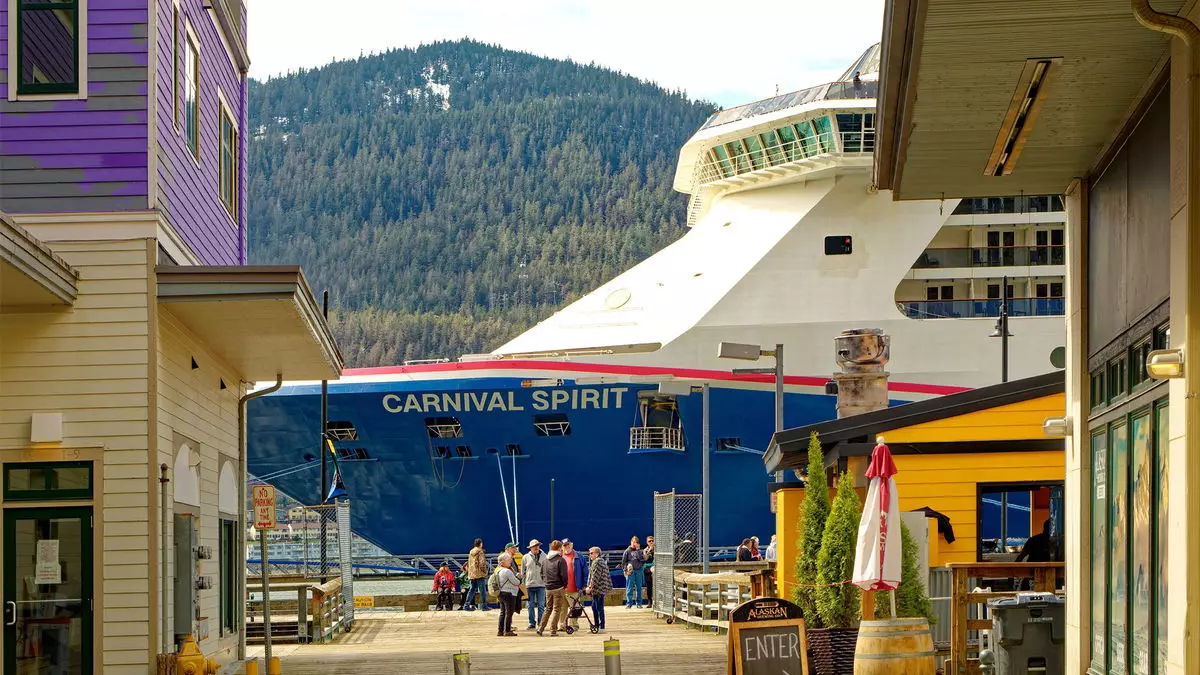In a recent ballot that stirred divergent opinions among residents, Juneau voters have seemingly rejected Proposition #2, which sought to impose restrictions on cruise ships visiting the Alaska port on Saturdays. With around 60% of the electorate opposing this measure, as reported by Alaska’s News Source, it establishes a clear stance against modifications to the thriving cruise industry that has notably rebounded post-pandemic. The proposed legislation was a response to growing concerns over the overwhelming number of tourists frequenting the region, notably during peak months, which has raised anxieties regarding environmental sustainability and the overall quality of life for Juneau’s residents.
The alignment against the cruise ship ban is intriguing, given that local advocates gathered over 2,300 signatures to push for the measure. The advocacy stemmed from residents’ grievances about the mounting impact of cruise traffic on their daily lives. It highlights a critical dichotomy within the community: while some voice concerns over overcrowding and the associated strain on resources, others emphasize the economic benefits that come from accommodating large groups of tourists. Indeed, the trajectory of Juneau’s cruise industry has grown steeply, with 2023 witnessing a record-breaking influx of 1.7 million visitors, about 30% higher than pre-pandemic levels in 2019.
In light of this surge in cruise traffic, Juneau’s local government has taken proactive measures to manage the flow of visitors. The introduction of caps, such as limiting the number of cruise ships to five per day and imposing restrictions on the total number of passengers, offers a glimpse into the city’s attempts to strike a balance. However, these policies, while aimed at alleviating congestion, also prompt dialogue on their long-term effectiveness. Critics argue that such measures may not be sufficient to mitigate the challenges posed by mass tourism.
Furthermore, the complications surrounding cruise management are not unique to Juneau. Nearby ports, such as Haines, are also grappling with how best to regulate cruise tourism. The prospect of a cruise passenger fee, starting at $9 in 2025, reveals a growing trend among Alaskan ports to find financial relief while managing visitor expectations. Haines already attracted approximately 100,000 cruise visitors this year, showcasing that the interest in Alaska’s natural beauty remains potent.
As Juneau moves ahead, the rejection of the Saturday ban could signify a more extensive embrace of the cruise industry’s benefits despite its challenges. The need for a sustainable balance between economic opportunity and community integrity has never been more pivotal. Potential future measures, including the imposition of additional fees or stricter visitor regulations, could further shape the cruise landscape in Alaska. The recent vote underscores an essential conversation around tourism that blends economic aspirations with the sustainability of local lifestyles and the environment. It is a dialogue that must continue as Juneau navigates its complex relationship with the burgeoning cruise sector while ensuring that the city’s character remains preserved amidst the waves of change.


Leave a Reply